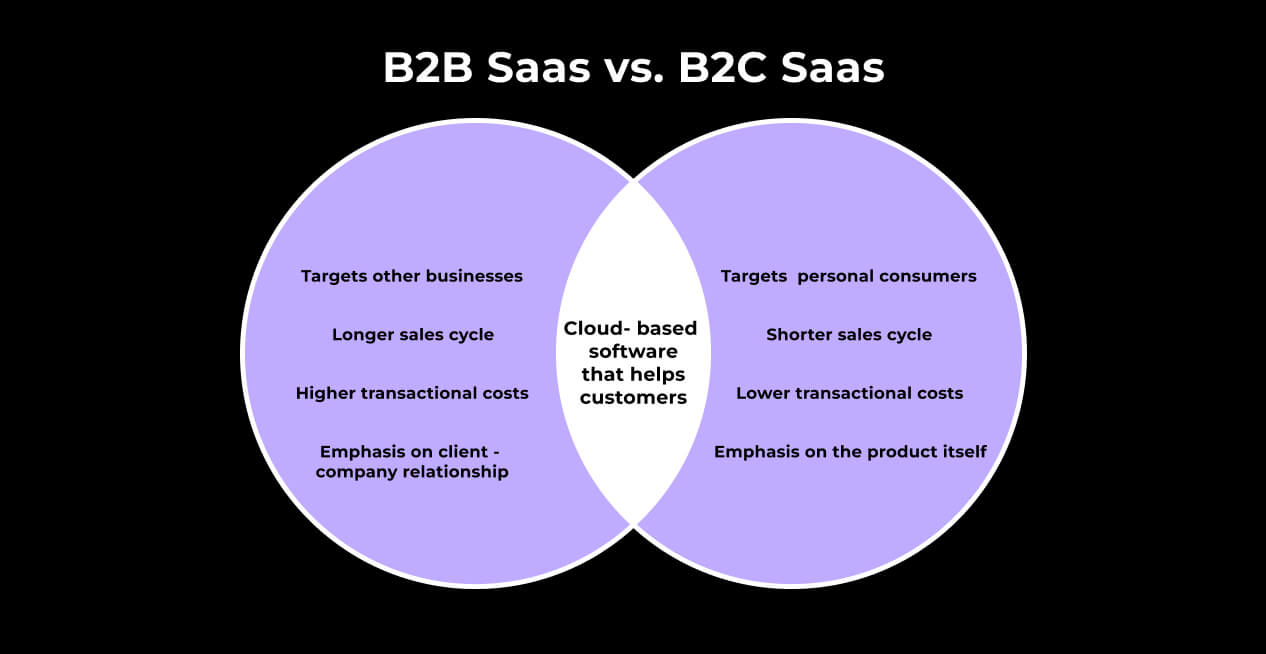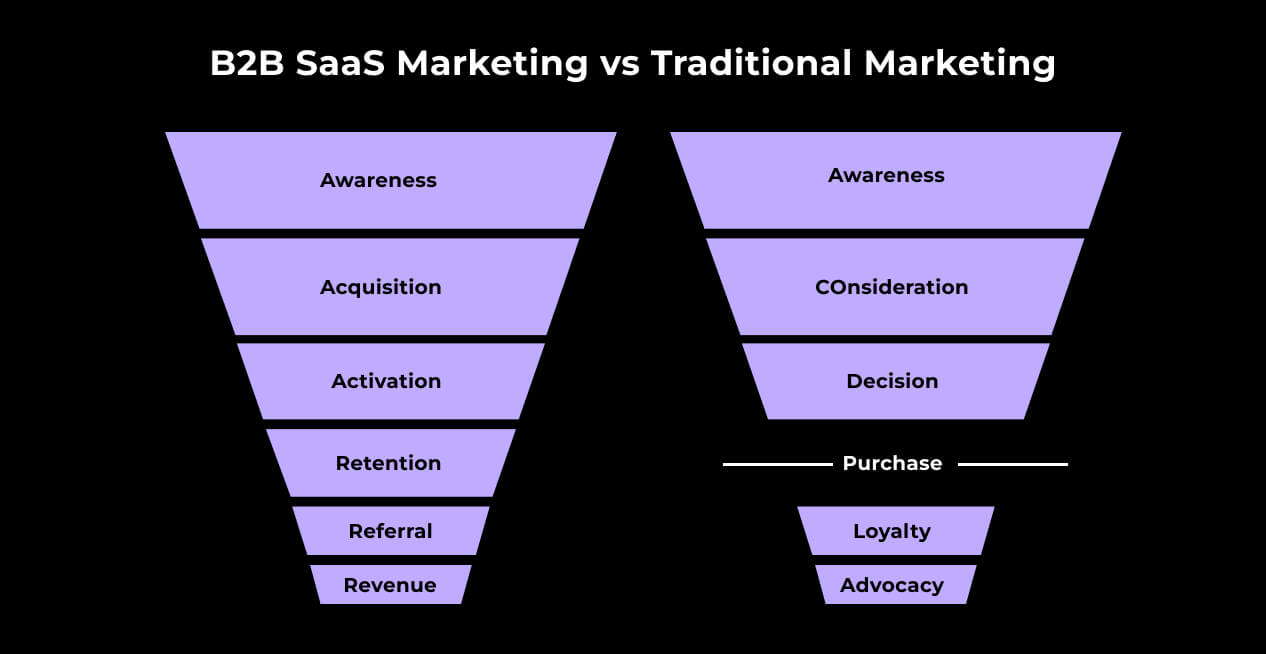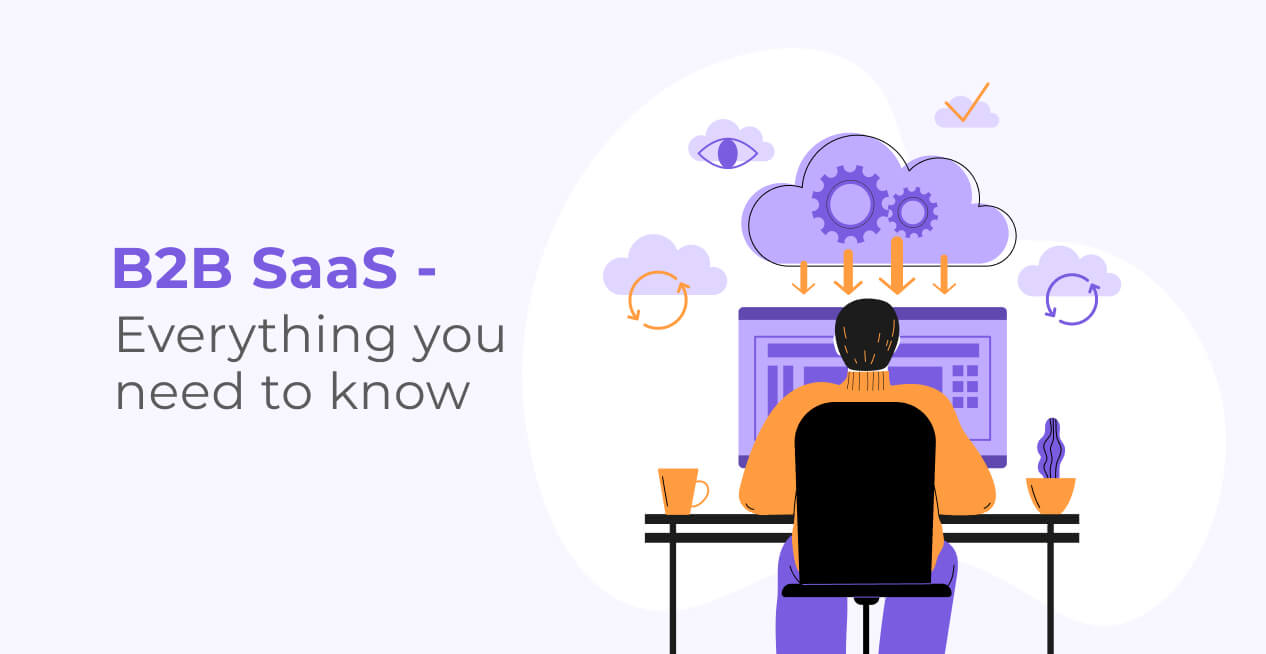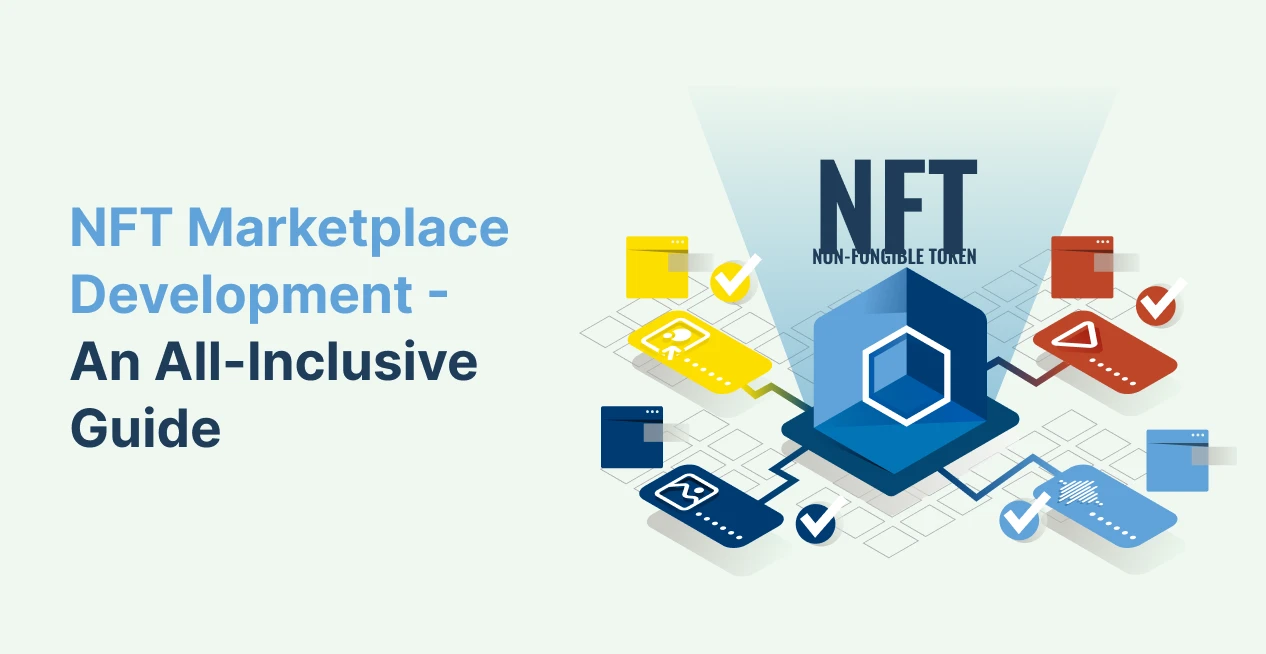With precarious market scenarios and escalating growth recession, very few industries have been able to manage healthy revenues and growth. One such industry is the Software-as-a- service or the SaaS industry. SaaS refers to cloud based software which can be accessed at an annual or semi annual fee. It is better than buying a licence for software which is not only expensive but also hard to maintain given their ever increasing infrastructure and storage requirements. SaaS providers are in high demand given their ergonomic services for both small and large enterprises along with individual customers.
What is SaaS and what is a SaaS company?
If we had to define SaaS in one line it would be – “ A type of cloud computing model which is hosted via the internet and licensed via a subscription model, either annually, monthly or semi-annually.” Unlike traditional software licensing models, SaaS need not be downloaded or permanently purchased and therefore reduces upfront costs for users. The users also need not invest in robust IT infrastructure for the software which can be very expensive and unfeasible for small and medium enterprises.
A SaaS company is a company which hosts a software on cloud and offers the software as a service to businesses and individuals via a subscription model. Successful SaaS examples include Application service providers(ASP ) like Microsoft suite and Google Doc, Google Sheets etc as well as Customer Relationship Management tools( CRM Tools), E-commerce Systems, Content management tools(CMS) etc.
Benefits of Using SaaS Solutions
SaaS Solutions are preferred for a range of advantages that comes with them. Below are a few most common reasons that businesses are switching to SaaS from traditional software purchasing models.
- Great Accessibility: With everything available online 24*7, SaaS products are extremely accessible.
- Easy Operational management: With not having to take care of extensive infrastructure and managing large storage, the operation of SaaS solutions becomes very convenient for enterprises, especially small and medium enterprises.
- Cost-effectiveness: Since the software is available online and there is no need for extra manpower to take care of infrastructure or data handling, upfront costs automatically reduce by large.
- Scalability: SaaS solutions are extremely scalable and accommodate all needs as a business grows
- Data Storage: Data is stored routinely on a cloud which not only protects the data in case of hardware failure but also is accessible at all times.
- Increased security: Since everything is online, SaaS providers invest heavily to make their SaaS company secure and are unbreachable to quite an extent.
What is B2B SaaS?
B2B SaaS stands for business-to-business software-as-a-service. It usually constitutes software availed by small, medium and large enterprises for different administrative, logistical and customer management tasks amongst others. For example, a company subscribes to a CRM tool( customer relationship management tool and a b2b software ) to organise and keep track of all customer interactions and deal with customer grievances and inputs. Similarly, businesses avail different tools on a subscription basis so as to reduce the operational costs and manpower required to operate lengthy, non cloud based software. In B2B SaaS, a SaaS development company designs a solution to facilitate and simplify another company’s functions and the latter pays for these services rendered as per the agreed upon subscription model.
B2B SaaS market size is projected to grow from $251 billion to 883$ billion by 2029 with a CAGR of 19.7%. With such a huge market potential, B2B SaaS development is catching on like wildfire amongst businesses and software developers. These companies tend to cater to client needs that are specific to business owners and management teams. As a result, these products are usually made for organisations.
B2B SaaS vs B2C SaaS
As mentioned earlier, a B2B Saas targets other businesses with their cloud-based software products whereas a B2C SaaS targets personal consumers for its services. Some of the best B2B SaaS company examples include Adobe, Google, Google, Microsoft Office suite, Mailchimp, slack amongst others. On the other hand, successful B2C (Business to Customer) SaaS examples like Canva, Duolingo, Asana, etc have individuals or a small group of individuals as paying customers. Given below is a simple infographic to help differentiate the two.

Both B2B applications and B2C applications markets have great potential to put forth successful SaaS products. While B2B software company target businesses and organizations, and can often offer more specialised or complex features, B2C offers simpler solutions to individual customers. B2B products have higher price points and longer sales cycles, but generate more consistent revenue in the long run.
The B2B SaaS sales cycle
B2B SaaS sales cycle involves numerous stakeholders and huge investments which is why it is a much longer cycle than an average B2C SaaS sales. A B2B SaaS Sales cycle usually encompass following steps:
Prospecting
Get attention, generate interest, and encourage action: Capture your audience’s attention with ads and multimedia content to stand out in the crowd
Identify Leads
To make promising sales, it is crucial to identify the most promising leads before converting them into customers. Many marketing strategies can help achieve this.
Presenting
Presenting your SaaS solutions to leads and prospect buyers is another important step which must be taken on, with extreme care to detail. Discussing their project requirements and catering to their vision is of utmost importance.
Query address
Once the presentation is done, the clients often have many queries, each one should be addressed and answered. The secret lies in convincing your client of the quality of service you have provided and are dedicated to providing.
Closing
Customer Acquisition isn’t final until the purchase is made, and not even then. Closing clients can be tricky also, especially clients who are in two minds about the deal. Attractive single day deals of 10-20% discount can rope in such reluctant clients also. Once they are finally paying customers of the company, the work doesn’t end. Since the software product, which is provided, is a service, constant grievance redressal and customer support is extremely important to retain these clients.
Best SaaS B2B Marketing strategies
When generating awareness and B2B leads for your SaaS, here are some marketing strategies to keep in mind.
- Networking and events: No marketing is as effective as word of mouth marketing so make sure to make the best of it. Define your ideal customer before introducing your big SaaS idea to a high value network of such ideal potential customers.
- Cold Outreach: Targeted calls, carefully crafted emailers with follow up emails are ideal for introducing your SaaS product and getting your first clients.
- PPC campaigns (Pay-per-click): Pay per click campaigns can be expensive but have proven to be quite effective, when used correctly, on intent driven platforms such as Google.
- Content marketing: Problem solving content delivery is one of the easiest, tried and tested ways to pull new customers. Furthermore targeting content for your intended audience in the form of customer friendly media types such as videos, blogs, podcasts etc can rope in potential customers.
- SEO: Search Engine Optimization can help make you more visible in search engines. With the help of valuable keywords you can rank higher on search results and thus ensure maximum visibility to all prospects.
- Social Media Marketing: Social selling has proven to be a boon for B2C companies but is rarely seen being used by B2B companies . This is because the target audience reduces drastically when your potential customers are dedicated businesses only. However, if used right, it can help you connect with businesses looking for services you are offering.
B2B SaaS marketing is an up and coming field which is still evolving. With new marketing tools being launched every day it’s a transient field and a business can do well to stay updated with these latest trends.
B2B SaaS Marketing vs Traditional Marketing

To sell a tangible, physical product that can be held, touched, and felt is easy. Selling an intangible product is just as hard. Marketing B2B SaaS products successfully can be quite a challenge in already saturated markets of Software-as-a-service. However, B2B SaaS marketing is considered slightly more efficient and hence preferred over traditional marketing methods for the following reasons:
Sales Cycle
The SaaS sales cycle is unconventionally short compared to traditional b2b sales cycles along with customers who tend to be long-term. This could be because of the ever-evolving nature of the industry. In the SaaS industry, the Pareto principle holds steady wherein 20% of customers bring in 80% of revenue. This leads to a major emphasis on retaining customers instead of getting new ones. This results in state-of-the-art customer service and support.
Communication with clients
Top SaaS companies communicate frequently via multiple channels including CRM, marketing automation systems, meeting schedule programs, etc. Traditional Marketing companies interact with customers but not as regularly or formally as SaaS marketing companies. This greatly affects the customer experience.
Evolving Product
SaaS products are impermanent,i.e, they are ever-changing. Hence their marketing strategies also need to accommodate room for upgrades and improvements. Unlike traditional marketing methods which employ collaterals for a single non-transient product, SaaS marketing demands a flexible marketing approach to satisfy its customers. Such marketing revolves around the new features added and new improvements made to the existing solution. For example, a car company might introduce a new model every year or so, but a graphic design software like Adobe would add features every month. Such service models require consistent marketing along with different digital platforms to inform its customers of the upgrades.
Technological Knowledge and Data Studies
Traditional Marketing techniques involve tangible goods and services which do not require additional knowledge of cloud computing and marketing on digital platforms. On the contrary, technological knowledge of the SaaS product being marketed is a must. SaaS product marketers need to know a lot about cybersecurity, the importance of web hosting, website audits, and analysis of a variety of metrics that are key performance indicators (KPIs) for marketing a B2B SaaS product.
Best SaaS KPIs to track
- Net Profit: Like any other business, a B2B SaaS solution needs to generate revenue to be successful, and hence Net profit becomes a key performance indicator for SaaS business health.
- Customer Acquisition Cost or CAC: CAC is calculated as the total expenditure incurred in acquiring one new customer. It includes total sales and marketing costs and ROI (return on Investment). Lower the CAC, the better the company’s performance.
- Churn Rate: Often overlooked by businesses, churn rate is the percentage of subscribers or SaaS users lost over a period of time. Since for SaaS products retaining existing clients is of the utmost importance, churn rate becomes the most vital kpi to track.
- MMR or Monthly Recurring Revenue: As the name suggests, MMR tracks monthly sales, renewals, churns, and upsells and is a key metric to help map the performance of any software product.
- ARR or Annual Recurring Revenue: It is the same as MMR but on a yearly basis. It is calculated by multiplying MMR by 12 months. Many companies also track these manually but there are tools in the market which calculate these metrics in real-time.
- Customer Lifetime Value: Customer Lifetime Value or CLV is a metric that we get when we multiply average customer value by average customer tenure. Average customer value can further be calculated by the history of purchases and the purchase behavior of a client. CLV to CAC ratio is also an important metric where a 1: 1 CLV-CAC ratio indicates a failed product and anything greater than 3:1 is considered a healthy business.
- Lead Velocity Rate (LVR): A metric that maps the future income possibilities of a SaaS product, Lead Velocity Rate (LVR) is a metric that quantifies a business’ growth by its converted leads.
Apart from these KPIs, there are many metrics that help track the performance of a SaaS product. Metrics such as Net Promoter Score, Funnel Conversion rates, and Committed Monthly Recurring Revenue or CMRR help understand and visualize the performance of any SaaS product.
Conclusion
The B2B SaaS industry is gaining momentum. With many top B2B SaaS companies such as Hubspot, Microsoft, Salesforce amongst others, setting a benchmark for software development companies, the industry is bound to grow. There are many development companies claiming to offer world-class SaaS applications development services but very few deliver on it. At OpenXcell, we fulfill all your development needs of a quality SaaS product. OpenXcell is a leading SaaS development company with many successful SaaS solutions under our belt and a team of 500+ qualified professionals who have helped achieve this.









